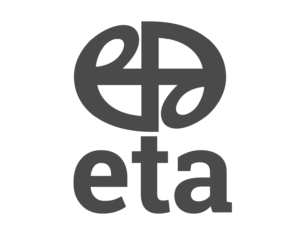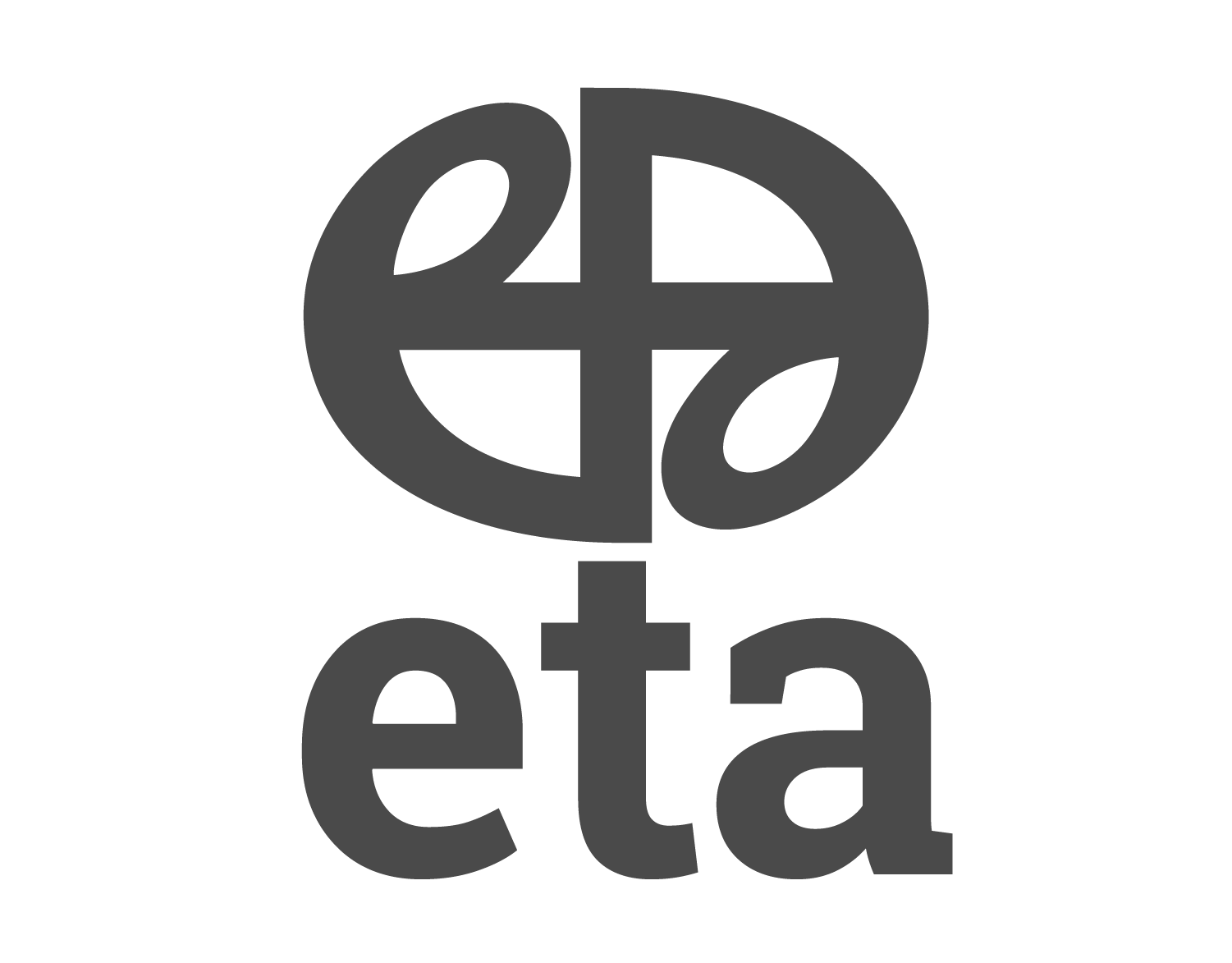 “Indeed, the only truly serious questions are ones that even a child can formulate. . . They are the questions with no answers . . . it is questions with no answers that set the limit of human possibilities, describe the boundaries of human existence.”
“Indeed, the only truly serious questions are ones that even a child can formulate. . . They are the questions with no answers . . . it is questions with no answers that set the limit of human possibilities, describe the boundaries of human existence.”
― Milan Kundera, The Unbearable Lightness of Being
A lean consultant concerned with retaining his or her reputation is well-advised to have ready answers for questions like potential reductions in cycle time, change-over time, equipment uptime, in-process inventory and order velocity through a system. Experience and the perusal of the usual lean manuals and books brings these answers to most consultants, with practice bringing an increase in the accuracy of projections.
More difficult to answer on the basis of even extensive individual experience are the simpler, often rhetorical, questions asked during an engagement. It is often possible to dodge them or provide throwaway answers, but we’ve found that an answer reflecting our natural empathy for those impacted by our work can greatly impact our work’s long-term success at a client.
For such answers we look beyond lean literature into business biographies, behavioral economics, education, philosophy, and medicine. Our Blog captures some of our reading, but I’d like to address the three most common such questions here.
Does lean, like automation, result in job loss?
This is probably the most common question we get during an engagement. Participating employees are justifiably concerned that they are suggesting the very improvements that will take away their jobs, while management is concerned about employee morale.
We have found that our clients tend to be companies looking to grow and hire, constrained by lack of space and equipment. Lean can relieve these constraints, leading to renewed hiring. In some cases, we have added jobs within a five-day kaizen event.
Further, lean practice results in automated systems with a human touch. Systems that are implemented via, say, Kanban cards, rather than computers, methods that serve to lay clear the working of the system to human understanding and human ideas rather than put them inside a black box. In his book Hit Refresh, Microsoft CEO Satya Nadella suggests that an increase in artificial intelligence must be accompanied by an increase in real intelligence, real empathy and real commonsense, and that those skilled in working alongside artificial intelligence will find considerable work. We believe lean systems naturally build precisely this skill in employees.
How long does lean take to stick?
Consulting engagements often come with some version of a question about seeing something through. We’re implementation-focused and offer extended lighter-touch engagements for precisely this reason, but it helps to have estimates of duration.
Charles Duhigg’s, in his book The Power of Habit, talks of habit-making. Duhigg describes a habit loop, comprising a cue or trigger, the actual routine and a reward. Lean practice is full of visual triggers like Kanban cards, shadow boards, visual factory data, standard work documents and the rewards or results for any routine are shared quickly and simply.
Perhaps all that remains is to understand how long one need practice a routine to make it stick? Ray Dalio, in his book Principles, reports that his conversations with neurologists and psychologist indicate that eighteen months of repetition builds a strong probability of a forever habit.
The paradox of teaching empowerment.
Empowered employees are the richest source of ideas for process improvement, but a common initial reaction from employees asked to take on decision-making is reluctance. The reluctance usually stems from a feeling of increasing responsibility being increasing culpability.
Jacqueline Novogratz, in her book The Blue Sweater, considers empowerment the asking of the right questions and not just about patient listening. Of ensuring people are “being seen, being held accountable, and succeeding”. The right first questions to ask are usually those closely related to the work of an employee.
Choice expert Sheena Iyengar, in her book The Art of Choosing, suggests that choosing can be systematically made easier by, among other things, an increase in expertise, which lean achieves by visual factory-related communication of process data and standard work, by using the expertise of others, which is where empowerment and multiple sources of ideas come in, and by collaborating on decision-making, which is enhanced by the making visible of process mechanics and results.
If you’ve got any “simple” questions you want answered, write to us at Neil Deshpande, [email protected], or Rishi Malhotra, [email protected]. You can visit our Blog at eta consulting, https://increaseeta.com/blog/.
Further Reading
- S. Nadella, Hit Refresh: The Quest to Rediscover Microsoft’s Soul and Imagine a Better Future for Everyone, HarperBusiness, 2017
- C. Duhigg, The Power of Habit: Why We Do What We Do in Life and Business, Random House, 2014
- R. Dalio, Principles: Life and Work, Simon & Schuster, 2017
- J. Novogratz, The Blue Sweater: Bridging the Gap Between Rich and Poor in an Interconnected World, Rodale Books, 2009
- S. Iyengar, The Art of Choosing, Twelve, 2010
